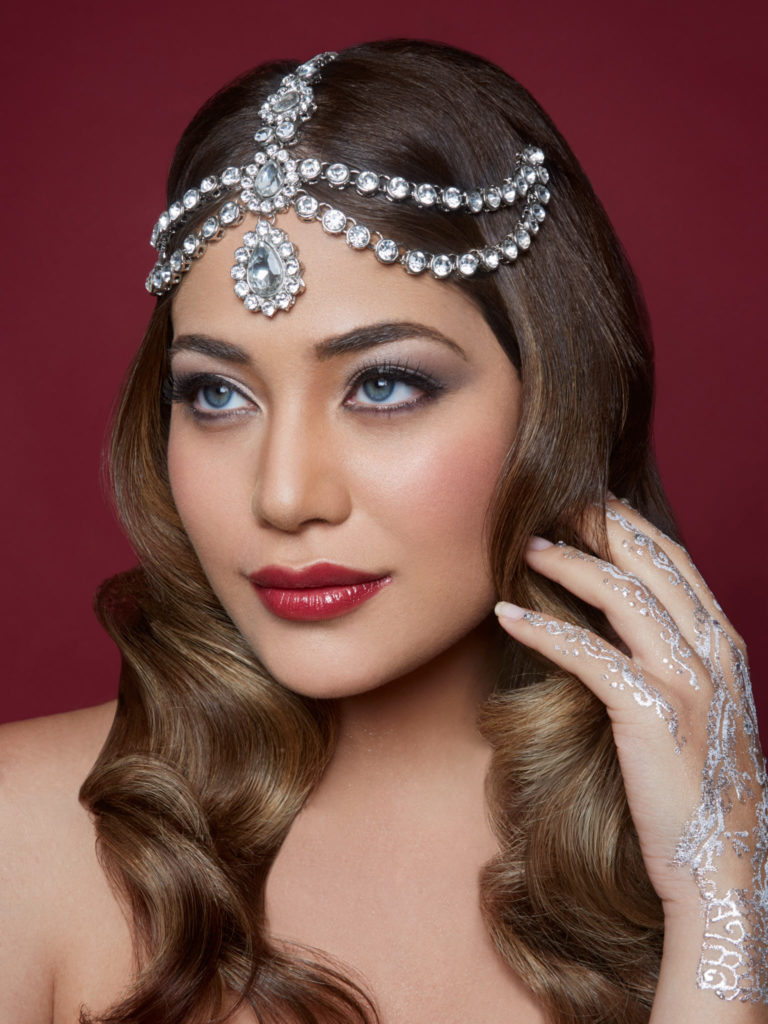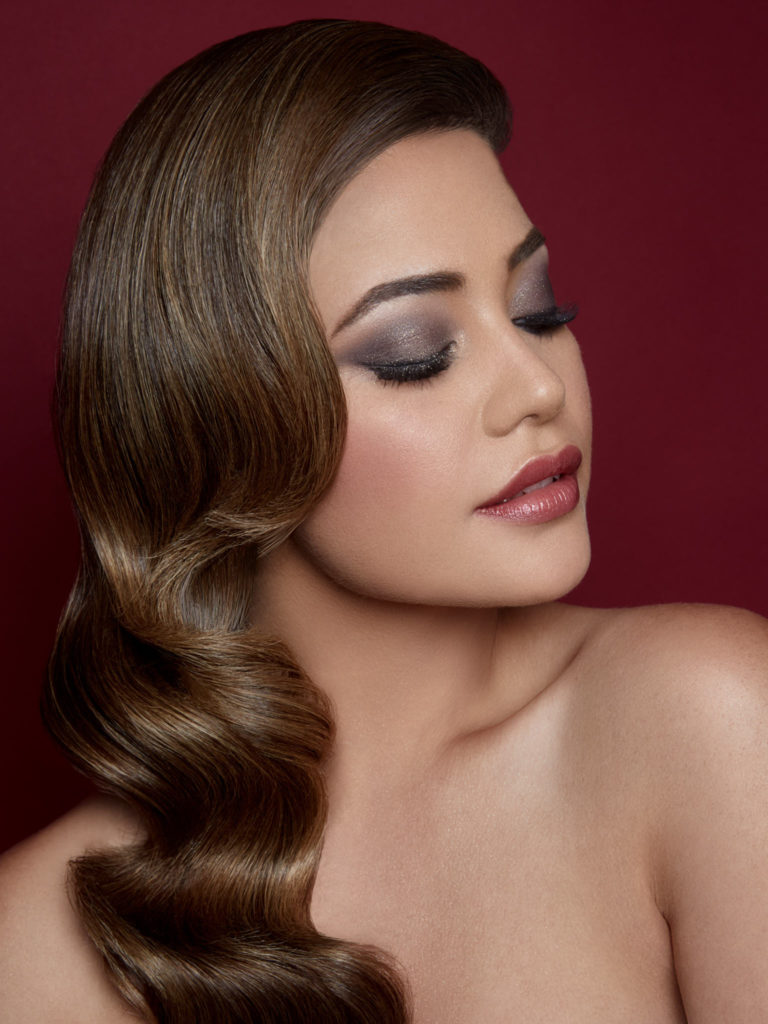Difficulty: Advanced
Read Time: 15 min

Quick Tips
Difficulty: Advanced
Read Time: 15 min
Hair retouching is considered one of the hardest tasks to master for a retoucher. While the tools required are very basic, execution of retouching tasks with those tools, mainly clone tool and brush tool, need a lot of practice and eye-hand coordination.
Aside from the practicing part, there is one thing that makes hair retouching the least favorite part of retouching for almost everyone I have ever spoken to. There are no shortcuts what so ever and hair retouching simply takes a very long time when done right. This process is time-consuming and tedious so that I have decided for myself to not do it in one sitting without putting my attention to other tasks like skin retouching. This process keeps me more motivated to work on the same image without getting tired of working on it.

Retouching hair is a very repetitive and time-consuming task. As we have learned, there are little to none shortcuts and so, I found for myself the best way to stay motivated is to mix up retouching tasks and not work on hair only until it is completed.
Moving the working area around and work on different parts of the image or even of the hair also helped me to keep the juices going and not experience a drop in efficiency.
The most important tip I can give here is to first do all the rough and easy work and leave refinement for a bit later on areas that are nerve-wracking to retouch. Following this routine gives you more positive feedback on your accomplishments while working on an image.
A time-lapse video is very much condensed and sometimes very hard to follow each step. However, it gives a much better overview of the overall workflow and the tasks done to an image. I like watching those sped-up retouching videos as you can draw much different information on them than from a tutorial.
A real-time tutorial usually explains the usage of tools and provides a recipe of steps to follow in order to complete certain tasks. Whereas in a time-lapse video usage of tools is expected to know but therefore it shows the complete process from start to finish without wasting hours of your time while watching and being bombarded with the information you might not even want to know.
The healing brush can be a very quick tool to get rid of problematic areas and fly-away hairs. There are of cause limitations as this tool is trying to overlay texture (small radius) and blend the color (large radius). Also, I still favor the legacy healing brush algorithm over the modern real-time algorithm
Cloning parts of hair is my preferred way of getting rid of stray hairs within the hair. The benefit of cloning at 100% is to not lose texture and to keep the original structure and flow of the hair intact when used properly. Practice is required for this technique to be of quality and efficiency.
Painting hair is often used to cover up some flaws or to add additional hair. It is not a preferred way of dealing with higher-end hair retouching jobs as painted hairs, even with special brush settings can hardly mimic realistic hair texture and minute color changes.
Do not use frequency separation on hair! (disclaimer, it is a technique that can be used when all other techniques fail but usually, it is used as a quick fix, resulting in sub-par results!) The problem with Frequency separation is that most use it to take away some frequencies and replace them with artificial texture, not realizing that there is more texture to the hair than the frequency range they have been working with and so misalign the overall hair texture. The second issue with frequency separation arises when the lower frequencies are blurred, resulting in all the subtle differences in color to disappear. This result also does not look right and reminds of artificial synthetic hair. Another tip to deliver better results when retouching hair is to stay true to the flow of the hair. Meaning you take out those hairs that are messing with the overall flow while you do so following the flow. It might sound very difficult but all that means is that you do not sample just once and draw all over a crossing hair to take it out but instead a sample from the hair next to it and follow the sampled hair, taking out the unwanted hair step by step. Cloning in darken or lighten mode can work but if you think about hair often having high contrast and consist of the hair itself, a highlight and a shadow, you might often find yourself with leftovers when using this technique. The last advice I can give help to deliver better hair retouching results is practice, practice, practice,…!
